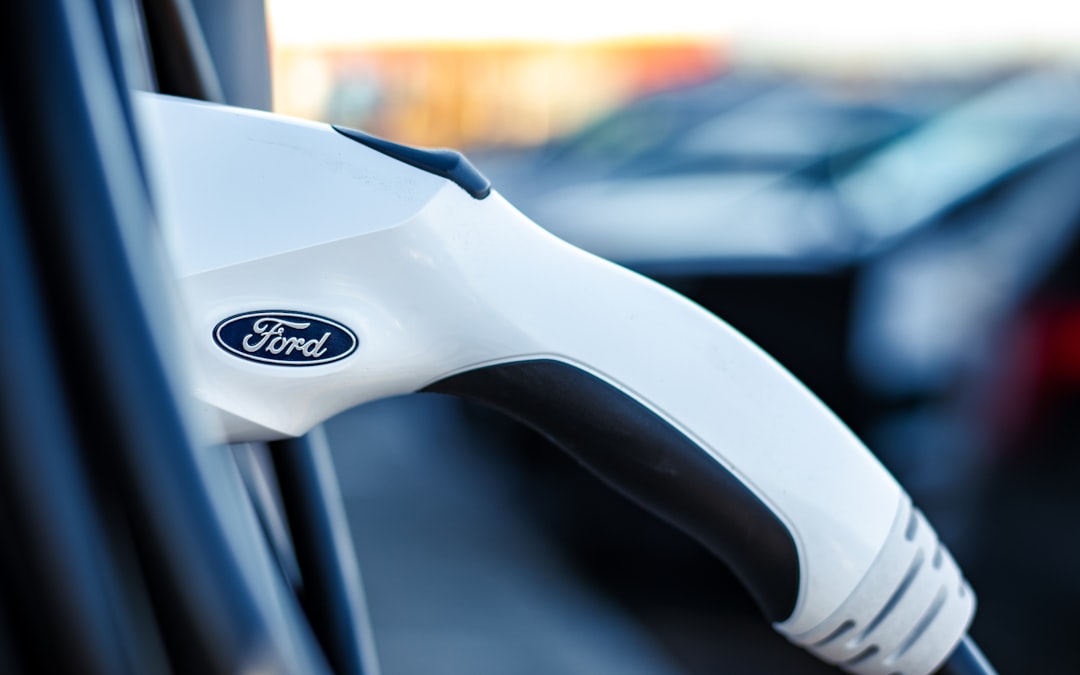In the race towards a greener future, electric vehicles (EVs) are no longer just the cars of tomorrow—they are the cars of today. A pivotal factor driving this evolution is the rapid expansion of fast-charging networks. As of 2023, there are over 1.5 million public charging points worldwide, a significant leap from just a few years ago. According to Bloomberg Green, the global EV market is expected to grow by 29% annually, a testament to the transformative impact of fast-charging technology. In this article, you’ll discover how these networks are revolutionizing electric car adoption, the key players involved, and how you can seamlessly integrate an EV into your life.
The Revolution of Fast-Charging Networks
How Fast-Charging Works
Fast-charging networks are designed to significantly reduce the time it takes to recharge an electric vehicle. Unlike traditional chargers that take several hours, fast chargers can replenish an EV’s battery to 80% in just 30 minutes. This is achieved through direct current (DC) technology, which delivers electricity directly to the battery, bypassing the vehicle’s onboard charger. Major networks like Tesla’s Supercharger and Electrify America have become industry leaders, setting benchmarks for speed and efficiency.
Key Players in the Fast-Charging Arena
- Tesla Supercharger: With over 45,000 Superchargers globally, Tesla continues to dominate the fast-charging market. Its V3 Superchargers can add up to 200 miles of range in just 15 minutes.
- Electrify America: Born out of Volkswagen’s emissions scandal settlement, Electrify America now operates over 800 charging stations across the U.S., offering ultra-fast 350 kW chargers.
- Ionity: A joint venture by BMW, Ford, Hyundai, and Volkswagen, Ionity aims to install 7,000 charging points across Europe by 2025.
These networks are not only increasing accessibility but also boosting consumer confidence in electric vehicles.
The Impact on Electric Vehicle Adoption
Reducing Range Anxiety
One of the major barriers to EV adoption has been range anxiety—the fear of running out of charge with no station in sight. Fast-charging networks are alleviating this concern by making recharging as quick and convenient as filling up a gas tank. According to InsideEVs, 70% of potential EV buyers cite charging speed as a critical factor in their purchase decision.
Encouraging Long-Distance Travel
Fast-charging stations along major highways and urban areas enable long-distance travel, which was once a significant hurdle for EV owners. A cross-country trip in an electric vehicle is now a feasible and appealing option, bolstered by the increasing number of fast-charging points. A recent study by the International Energy Agency (IEA) highlighted a 40% increase in long-distance EV trips over the past year alone.
Economic and Environmental Benefits
Fast-charging networks not only boost EV adoption but also contribute to economic growth and environmental sustainability. The expansion of charging infrastructure creates jobs and stimulates investment in renewable energy sources. Moreover, as more drivers transition to electric, the reduction in carbon emissions becomes substantial, aligning with global climate goals.
Practical Tips for EV Owners
How to Maximize Fast-Charging
- Plan Your Route: Utilize apps like PlugShare or ChargePoint to locate fast-charging stations along your route.
- Monitor Battery Health: Regular fast charging can degrade battery health over time. Aim to use fast charging only when necessary to prolong battery life.
- Optimize Charging Schedule: Charge during off-peak hours when electricity rates are lower, reducing costs.
Where to Buy and Compare
When considering an electric vehicle, it’s vital to compare models based on range, charging speed, and compatibility with fast-charging networks. Websites like AutoCar and CleanTechnica offer comprehensive reviews and comparisons of the latest models, including those from Tesla, Rivian, Lucid Motors, and more.
What to Consider
- Charging Network: Assess the availability and accessibility of fast-charging stations near your typical routes.
- Battery Capacity: Larger batteries offer more range but take longer to charge.
- Incentives: Research available government incentives for installing home chargers or using public charging networks.
Conclusion: The Road Ahead
Fast-charging networks are undeniably a game-changer in the electric vehicle landscape, paving the way for a more sustainable and accessible future. As these networks continue to expand, the barriers to EV adoption will diminish, encouraging more drivers to make the switch. If you’re considering an electric vehicle, now is the perfect time to explore the myriad options available and join the green revolution. What features are most important to you when choosing an EV? Share your thoughts and experiences in the comments below. As we look towards the future, the integration of renewable energy sources and innovative technologies will further enhance the efficiency and reach of fast-charging networks, propelling us towards a cleaner, more sustainable world.

